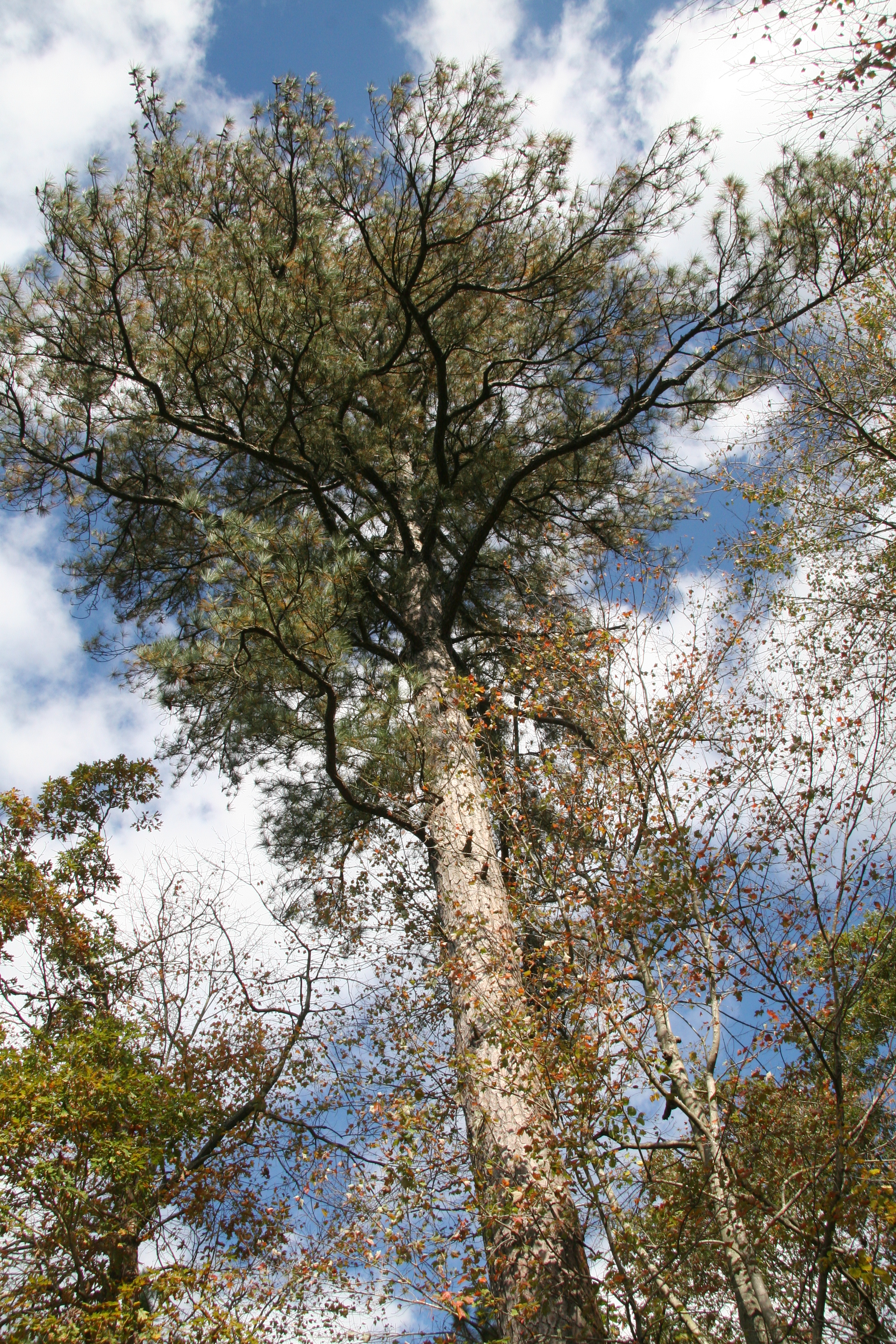

Disease symptoms showing irregular, frequent brown spots surrounded by a yellow halo.įigure 2c. Disease symptoms showing stands infected by brown spot needle blight (note the thinning canopies).įigure2b. acicola) is recovered in culture and/or identified using molecular methods.įigure 2a. Identification is reliable only when evidence of the characteristic conidia of the anamorphic state ( L. Symptoms must be verified with laboratory diagnosis at facilities such as the Forest Health Dynamics Laboratory (FHDL) at Auburn University. Symptomology additionally can mimic abiotic factors, such as chloroflurocarbon or sulphur dioxide exposure, as well as deficiencies in nutrients such as magnesium and potassium. This symptom is similar to a different fungal disease called “red band” or Dothistroma needle blight. The second type of lesion is a spot that is initially yellow but browns over time and is surrounded by a darker border. In some cases, the yellow tissue can be infiltrated with resin. The most notable symptom is an irregular brown spot surrounded by a yellow halo.


There are two distinct types of necrotic lesions observed on infected needles. Infections and visible symptoms occur from late February to early November. Infection causes needle chlorosis (yellowing) followed by necrosis (dead needles), which results in premature shedding of needles, reduced growth, and tree mortality. acicola, complete their life cycles on pine needles. Diagnosis and Identificationīrown spot fungi, L. The identification and control of this emerging disease is an important concern to landowners, forest managers, and forest health state cooperators. More than 1,000 hectares of loblolly pine plantations in Alabama are currently infected with brown spot needle blight that has caused stunted growth and tree mortality. Over the past 3 years, however, premature needle defoliation followed by tree mortality has occurred. Approximately 29 million acres of loblolly pine plantations exist in this region. Loblolly pine ( Pinus taeda) is one of the most productive pine species native to the southeastern United States. Recently the disease has become an important problem of loblolly pine plantations in Alabama. First reported in South Carolina in 1878, this fungal pathogen is known for causing needle shed and stunted growth in many pine species ( Pinus spp.). Loblolly pine is adaptable to many types of soil and growing conditions from central Texas east to Florida and north to Delaware and southern New Jersey.īrown spot needle blight is a native disease caused by the fungus Lecanosticta acicola ( Mycosphaerella dearnessii, syn.


 0 kommentar(er)
0 kommentar(er)
